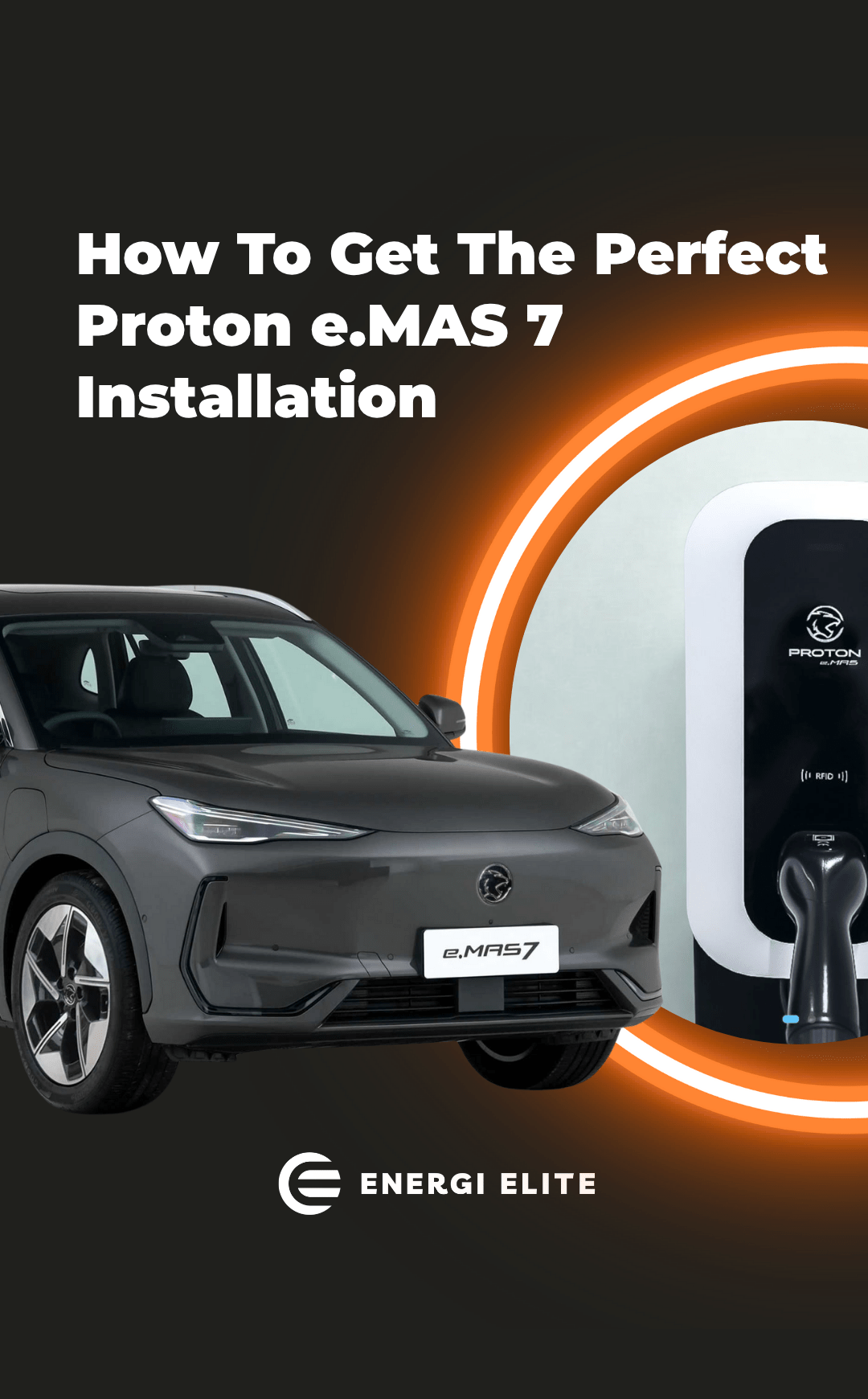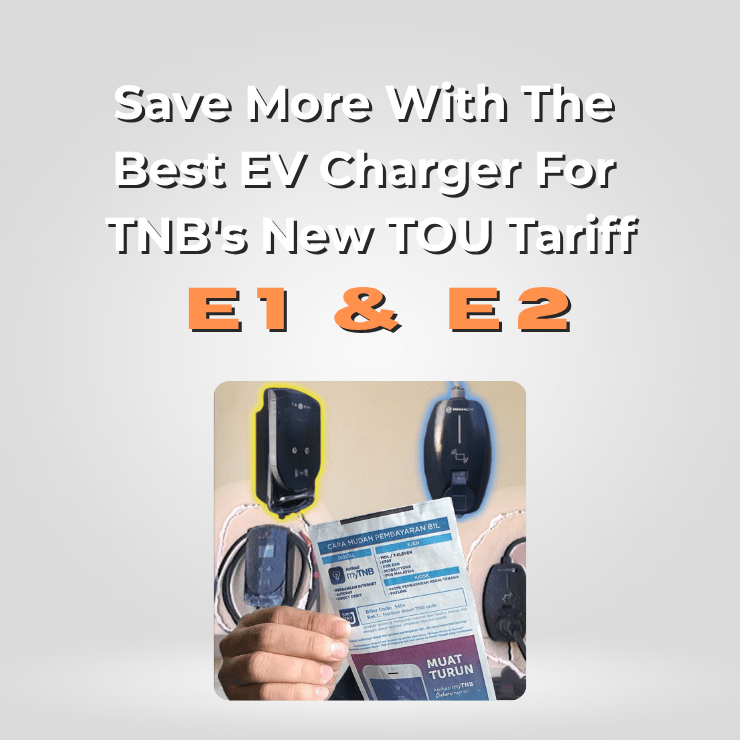3 EV Charger Safety Features Of The E2

The E2 is our complete portable wall box that’s able to charge of up to 22kW without having you worry about the charging process. This is due to how it’s been designed and installed with multiple EV Charger safety features that help prevent from damage being done to your home or EV.
What safety features make the E2 safe to charge?
Don’t be afraid to charge with the E2 as its made to support the way you charge and not the other way around. We especially designed and install it so that your daily charging patterns can continue without having to worry. Among the 3 EV Charger safety features that reside within the E2 that helps with this are:
- RCD Type A+ 6 mA (Residual Current Device)
- Adjustable Load Current
- SPD (Surge Protection Device)
Residual Current Device (Type A+) – EV Charger Safety Feature
An RCD acts as a deterrent to potential faults that may plague the EV Charger itself. Simply put, it acts as a seatbelt for both you and the EV Charger, preventing additional harm.
The RCD constantly monitors the current that is flowing to and from your EV Charger. The current incoming and outgoing should be of equal value. However, if determined that there is a fault where the balance is disrupted, then the electricity is cut in less than 0.1 seconds.
Why does this EV Charger safety feature matter?
The presence of an RCD would allow for the electrical system to sense that there is current “leaking” and disconnect the power before you or your EV comes into contact. Type A+ RCD allows for the EV Charger to detect DC Smooth current which is commonly generated during the process of AC to DC conversion.
Adjustable Load Current – EV Charger Safety Feature
Having an adjustable load current is essentially a speed dial for your charger, in which, depending on what you need, it lowers or increases the amount of current permissible. In return this allows for:
- Avoid from your home’s electrical system to be overloaded
- Charge safely without worrying about other electrical appliances are running .
- Preventing the MCB from tripping in which, if you decide to upgrade, is capable of increasing the load current even further.
Why does this EV Charger safety feature matter?
Now imagine that your home is a single-phase type in which is the norm for low power residential houses. An EV Charger pulling in 32A with other additional loads that are in use within the household could lead to a trip from the MCB as houses with single phase are only capable of taking up current load up to 63A.
Surge Protection Device -EV Charger Safety Feature
A surge protection device is similar to how a pressure cooker dissipates steam to bring the pressure equal to the outside. When there is a surge of electricity that comes jolting from a power surge, it will detect the voltage spike and activate immediately upon detection. This allows for the surge to be diverted from hitting your EV or electrical system at home.
Why does this EV Charger safety feature matter?
The surge protection device installed with your EV Charger helps protect the sensitive electronics of both your EV Charger and EV. Given that a thunderstorm catches your area off guard. That single surge could potentially brick your charger or battery. Grid fluctuations are also common during blackouts which means on-and-off power supply can also cause your EV Charger to be bricked.
Conclusion
With the E2, you’re buying a worry-free charger that has multiple layers of protection to safeguard your experience in charging. These safety features mean that you can charge in solitude seamlessly, working with your routine, not around it.




